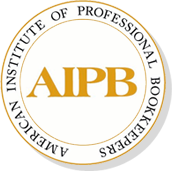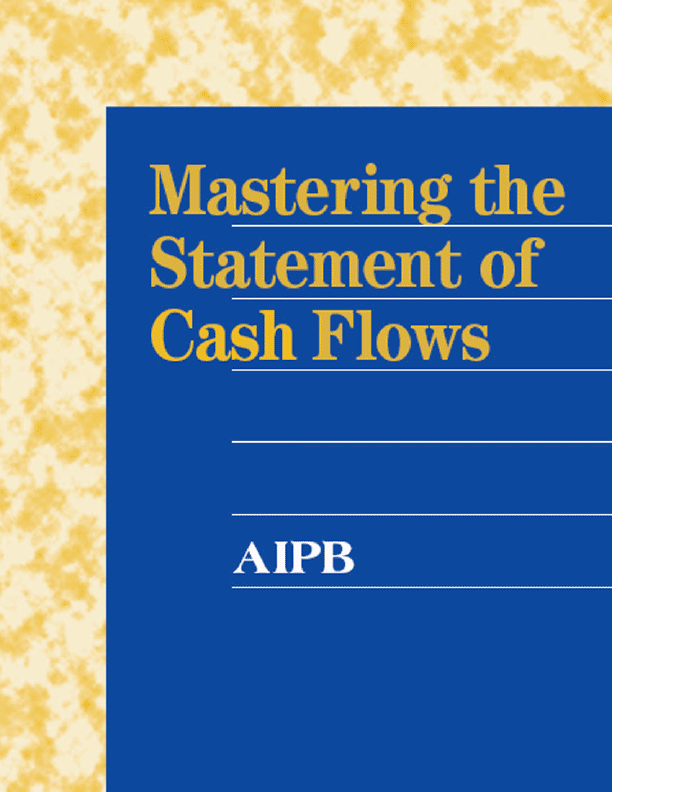366 pages [225 self-teaching + 141 self-quizzes with detailed answers]
Section 1: Introduction. Sources and uses of cash: 3 kinds of activities.
Sections 2-4: Cash provided by operating activities (CPO), the direct method.
Part I: Computing cash inflows using changes in A/R and Allowance for Doubtful Accounts. Computing cash outflows using changes in Prepaid Expenses, Depreciation, Amortization, A/P and either Purchases (periodic method) or Inventory and COGS (perpetual method).
Part II: Using changes in Interest Payable, Discount on Notes Payable, Income Tax Payable and related accounts.
Part III: Using changes in Unearned Revenue, Dividends and Interest Receivable, Amortization of Notes Receivable.
Section 5: CPO case study, the direct method. Brings together everything you learned in Sections 2–4.
Section 6: Computing CPO, the indirect method. Computing inflows/outflows from changes in Depreciation, A/R, A/P, Inventory, Unearned Revenue, Interest Payable and other accounts.
Section 7: CPO case study, the indirect method. Brings together and applies what you learned in Section 6.
Section 8: Cash from investing activities. Inflows from disposal of PP&E, intangible assets, securities, loan collection. Outflows for investing in PPE, intangible assets, securities, making loans.
Section 9: Cash from financing activities. Inflows from issuing stock, creditor notes, mortgages, bonds, receipt of principal on loans. Outflows for dividends, treasury stock purchases, payment of loan principal.
Sections 10-11: Preparing a statement of cash flows.
Part I. Asset accounts.
Part II. Liability, stockholders’ equity accounts.
Section 12: Special and supplementary items. Inflows and outflows related to the purchase/sale of securities or treasury stock, foreign currency transactions, acquisitions and lawsuits. Which items are disclosed only as supplemental information.
Section 13: Special items for large corporations. Sale of a business, equity in an affiliate’s income, issuing bonds, amortization of a bond discount or premium, early extinguishment of debt.
Section 14: Comprehensive case study. Everything you learned applied to a complete statement of cash flows.
Publisher: AIPB


CYNTHIA –
This course is confusing, but only because the nature of this concept is contrary to my learning style. I learned a lot and enjoyed the challenge.
Upvote if this was helpful (0) Downvote if this was not helpful (0) Flag for removal
GIOVANNI –
Clear and concise.
Upvote if this was helpful (0) Downvote if this was not helpful (0) Flag for removal
DAWN –
The course is thorough, yet it seemed to assume the student has more advanced accounting knowledge than other courses, making progress difficult at times. For this reason, I would rate it a 3 star course.
Upvote if this was helpful (0) Downvote if this was not helpful (0) Flag for removal
RACHEL –
Some interesting information
Upvote if this was helpful (0) Downvote if this was not helpful (0) Flag for removal
DANIEL –
The content of this course is great. However, the examples and exercises are dated in the 1990’s. this book hasn’t been edited for 20 years. At the very lea, the dates need to be edited to reflect the current times. I like the ring-bound edition as it is easy to lay the book open on a table to read or take notes, whereas the glue-bound books want to close themselves as soon as you take your hand off of the pages. The content is excellent, but the dated material leaves a feeling of a sell-off of old material.
Upvote if this was helpful (0) Downvote if this was not helpful (0) Flag for removal